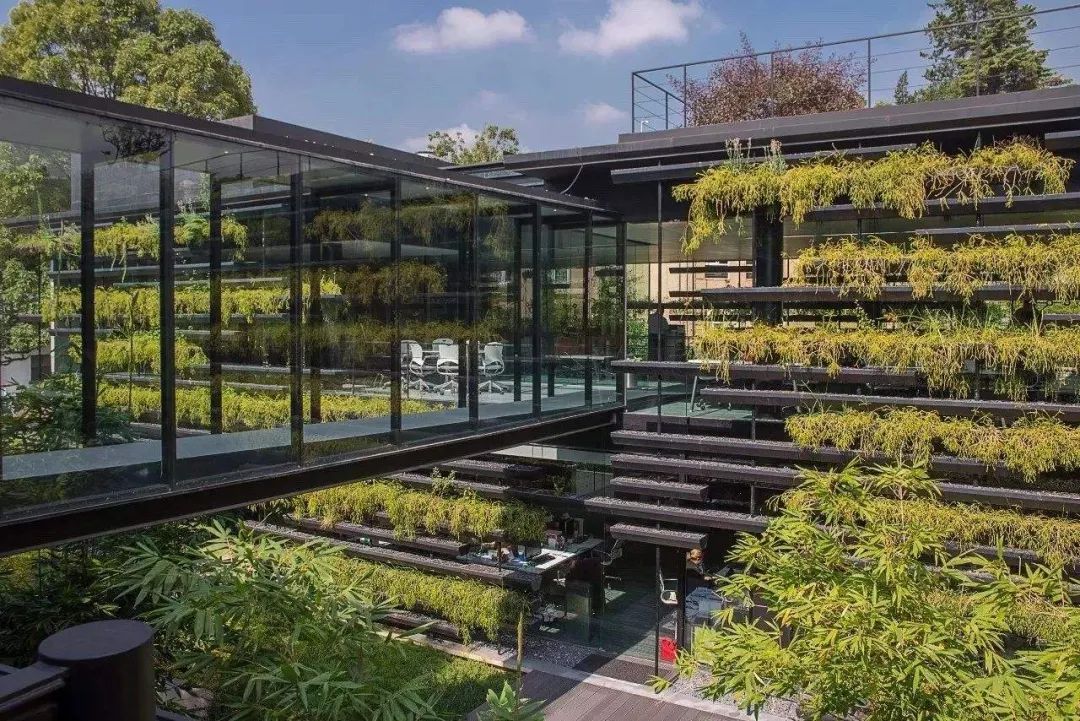Consumption is the ultimate demand and the lasting driving force of economic growth. For a period of time, the COVID-19 epidemic has changed people’s daily life, and some consumption has been suppressed. In the short term, the growth of the consumer market is indeed affected; However, in the medium and long term, the epidemic has not changed the long-term trend of China’s economy. Many consumption has not disappeared, but has been postponed, and will naturally be released after the epidemic is over.
On March 13th, the National Development and Reform Commission and other 23 departments jointly issued the Implementation Opinions on Promoting Consumption Expansion, Upgrading and Accelerating the Formation of a Strong Domestic Market, aiming at further improving the consumption environment, giving play to the basic role of consumption and helping to form a strong domestic market.
The Opinions put forward that it is necessary to accelerate the construction of a "smart+"consumption ecosystem, encourage the use of green smart products, create green shopping malls, and promote green consumption.

Image source network
What are green smart products?
At present, there is no clear definition of green smart products in China. However, as can be seen from some policy documents, green smart products generally include the following types: green smart home appliances, smart phones, new energy vehicles and other green smart electronic and electrical products.
China has a large population and strong consumer demand, but structurally, the market share of green smart products is not high. Vigorously supporting the production and sales of green smart products is conducive to promoting the transformation and upgrading of related industries, on the other hand, it is conducive to better combining encouraging the expansion of consumption with meeting the people’s demand for high-quality products.
Taking green smart home appliances as an example, according to statistics, in 2018, China’s household appliance consumption accounted for the fifth place in the total retail sales of social consumer goods above designated size. In terms of total volume, China is now the world’s largest producer and seller of household appliances. In 2017, the domestic sales of air conditioners, refrigerators, washing machines and flat-panel TVs were about 230 million units, with sales approaching 800 billion yuan.
But among them, the market share of green smart home appliances is relatively low. Taking air conditioners as an example, among the household air conditioners sold in 2017, the proportion of green, intelligent and comfortable first-class energy-efficient inverter air conditioners in total sales is relatively low.
In fact, in recent years, China has been continuously promoting the production, consumption and recycling of green smart products.
In January 2019, the National Development and Reform Commission and other departments issued the "Implementation Plan for Further Optimizing Supply, Promoting Steady Growth of Consumption and Promoting the Formation of a Strong Domestic Market (2019)", which proposed to support the sales of green and smart home appliances; Promote the upgrading of home appliances. Where conditions permit, consumers can be given appropriate subsidies for the sales of new green and intelligent household appliances with long industrial chain, large driving coefficient and obvious synergistic effect of energy saving and emission reduction.
In August 2019, the General Office of the State Council issued the Opinions on Accelerating the Development of Circulation and Promoting Commercial Consumption, which proposed to support the trade-in of green smart products. Encourage qualified circulation enterprises to recycle waste electronic and electrical products eliminated by consumers, and replace green, energy-saving and intelligent electronic and electrical products such as ultra-high-definition TVs, energy-saving refrigerators, washing machines, air conditioners and smart phones at a discount to expand green and intelligent consumption. At the same time, financial institutions are encouraged to provide credit support for residents to buy green smart products such as new energy vehicles, green smart home appliances, smart homes and water-saving appliances, and increase financial support for new consumption areas.

Image source network
"With reference to the National Development and Reform Commission and the Ministry of Finance’s" Energy-saving Products Benefiting the People Project ",we will promote high-efficiency energy-saving smart products by means of financial subsidies, and give appropriate subsidies to consumers who purchase products such as inverter air conditioners, refrigerators, drum washing machines and flat-panel TVs with first-class energy efficiency. If the policy is promoted nationwide, it is estimated that the sales of 150 million green smart home appliances will be increased from 2019 to 2021, which will boost consumption by about 700 billion yuan and save electricity by about 80 billion kWh in the whole life cycle. " Experts pointed out that the implementation of a series of policies is of great significance to promoting the high-quality development of related industries, forming a strong domestic market, promoting energy conservation and emission reduction, and promoting the construction of ecological civilization.
What is a green shopping mall?
Shopping in leisure time is one of the daily lifestyles of many Chinese people. The shopping environment is pleasing to the eye, the light and heat are properly controlled, and the proportion of green products and services is increasing … Do you find that a shopping mall at your doorstep is quietly "turning green"? In fact, this is closely related to the creation of green shopping malls in China in recent years.
What is a "green shopping mall"? Green shopping mall is a commercial and retail enterprise integrating green product sales, green technology application and waste recycling.
In May 2016, in order to thoroughly implement the spirit of the 19th National Congress of the Communist Party of China and implement the new development concept, the Ministry of Commerce launched the creation of green shopping malls nationwide, starting with the format of shopping centers.
In September 2018, the General Office of the State Council issued the Implementation Plan for Improving the System and Mechanism for Promoting Consumption (2018-2020), proposing to develop and expand green consumption, create a number of green shopping malls, and gradually extend to supermarkets, specialty store and other formats on the basis of continuing to create green shopping centers, guide circulation enterprises to set up green product areas, expand the sales of green products, and actively play the exemplary role of green shopping malls in promoting green recycling consumption.
In December 2018, the General Office of the State Council issued the "Pilot Work Plan for the Construction of a Waste-Free City", which once again proposed to create green shopping malls and cultivate a group of green circulation subjects who apply energy-saving technologies, sell green products and provide green services.
Up to now, there are about 230 green shopping malls in China, such as wanda plaza in Tongzhou, hang lung plaza in Tianjin and Shanghai No.1 Department Store Commercial Center.
These green shopping malls ensure consumers’ consumption safety and quality by building green supply chains, selling safe and healthy green goods and providing green services; Through promoting a green and low-carbon lifestyle, strictly implementing the "plastic limit order" and strictly recycling waste, the concept of green consumption and green life was publicized.
In addition, according to statistics, from January to November 2018, 85 green shopping malls created in 2016-2017 achieved sales of 113.882 billion yuan, up 5.06% year-on-year, and electricity consumption decreased 6.37% year-on-year. It can be said that through a series of measures, green shopping malls have achieved a "double harvest" of their economic and social benefits.
So, how to create a green shopping mall? According to the "Work Plan for the Establishment and Implementation of Green Shopping Mall (2020-2022)" issued by the Ministry of Commerce, a shopping mall can only apply for the establishment of a green shopping mall if it does a good job in six aspects: establishing a green management system, popularizing and applying energy-saving equipment, perfecting a green supply chain system, carrying out green services and publicity, advocating green consumption concepts and carrying out green recycling. The plan proposes that by the end of 2022, more than 40% of large-scale shopping malls in the country will initially meet the requirements for creation.

Image source network
At present, although the development momentum of green shopping malls is good, it also faces many problems. For example, some consumers don’t know what a green shopping mall is and which shopping malls are green, while others say they are not interested in green shopping malls.
In this regard, experts suggest that relevant departments and green shopping malls should strengthen consumer promotion and information guidance, and establish and implement a statistical reporting system for market share of green products. "Corporate stores are recognized as green shopping malls, which is a brand new beginning. With the increasing number of green shopping malls, retail enterprises and consumers will have a clearer understanding of them. "
Original title: "Make an appointment! After the epidemic, let’s go to the green shopping mall.